We’ve been hearing a lot from the Hutchinson camp this year. So far, they’ve covered nearly the entire bike racing spectrum. They’ve released a road tire (Blackbird), a mountain bike tire (Python 3), and now gravel. Meet the Hutchison Caracal Gravel Tire and Caracal Gravel Race Tire.

One thing all of these tires have in common is a race and performance focus. That also means they share some similarities in compound, casing, and layup. Each line, whether the Blackbird or the Python, borrows tech from the other. The Caracal takes cues from its road and mountain bike brethren to craft a truly fast gravel race tire.
What is the Hutchinson Caracal?
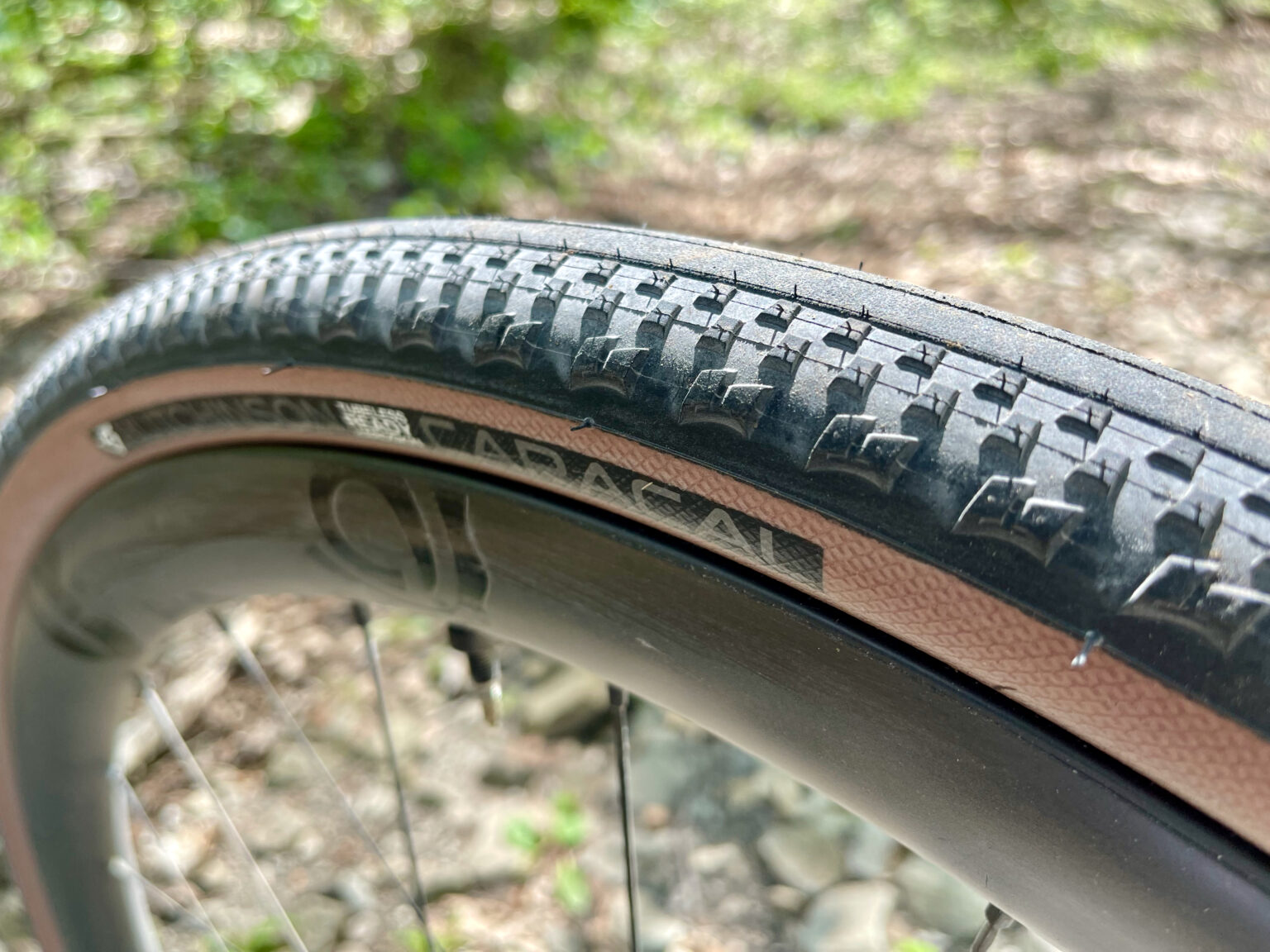
The Caracal is Hutchinson’s newest gravel tire range, aimed squarely at speed and performance. The lineup features two tires: the Caracal Race and Caracal. The Caracal tires have the same tread pattern and designs but have two different constructions.
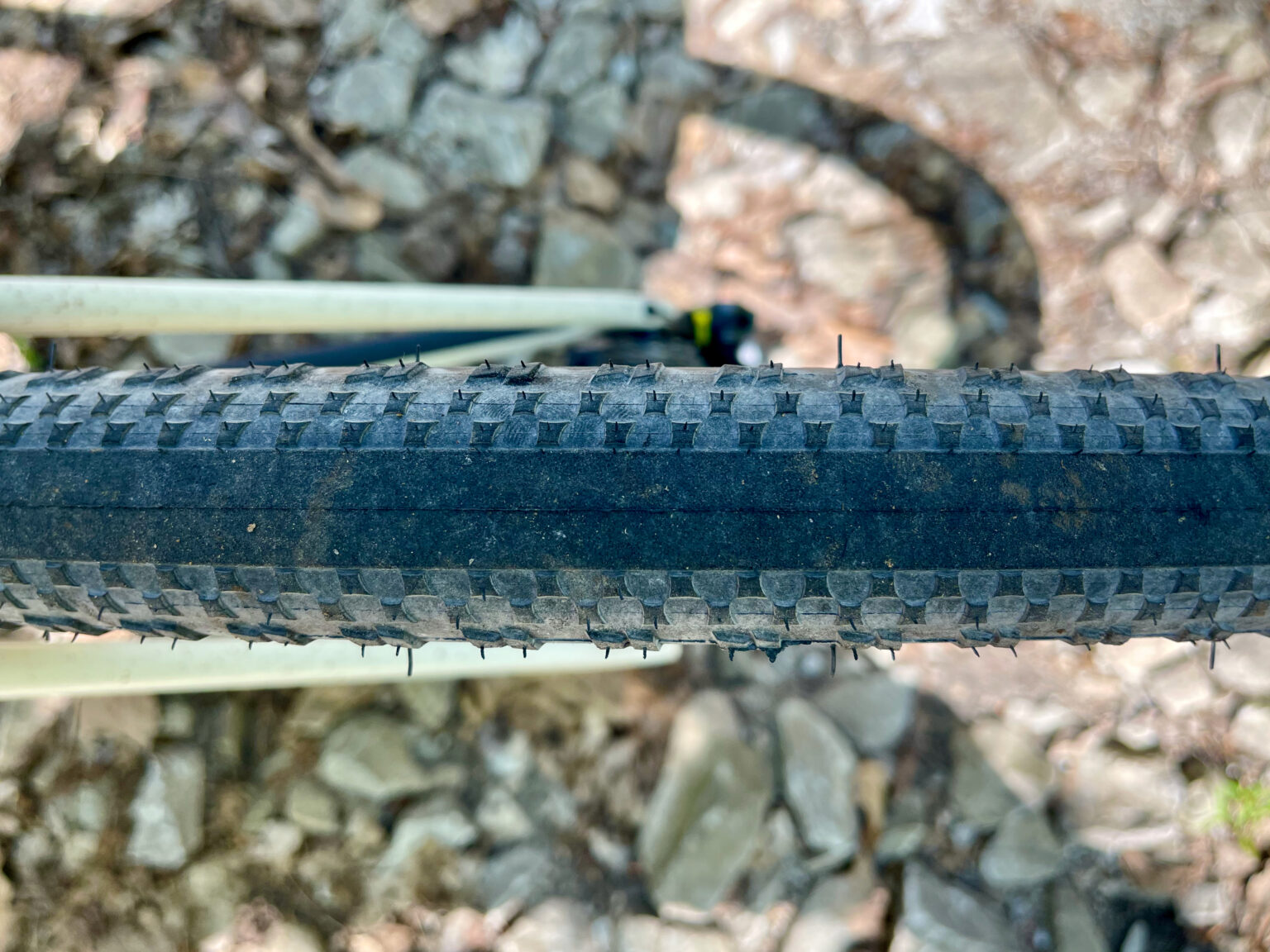
Caracal Race features an all-out speed and race focus, forgoing some puncture protection for reduced rolling resistance and weight. The Caracal has a greater range of puncture productivity, and with that comes some additional weight (but not much).
Like the other Hutchinson tires released this season, the new Caracal Gravel range features the premium’ Racing Lab’ naming. These tires are hand-made in France and the product of Hutchinson athletes’ feedback and testing. The Caracal range took many cues from ultra-distance gravel specialist Ulrich Bartholmoes.
Hutchinson Caracal Gravel Race Tire
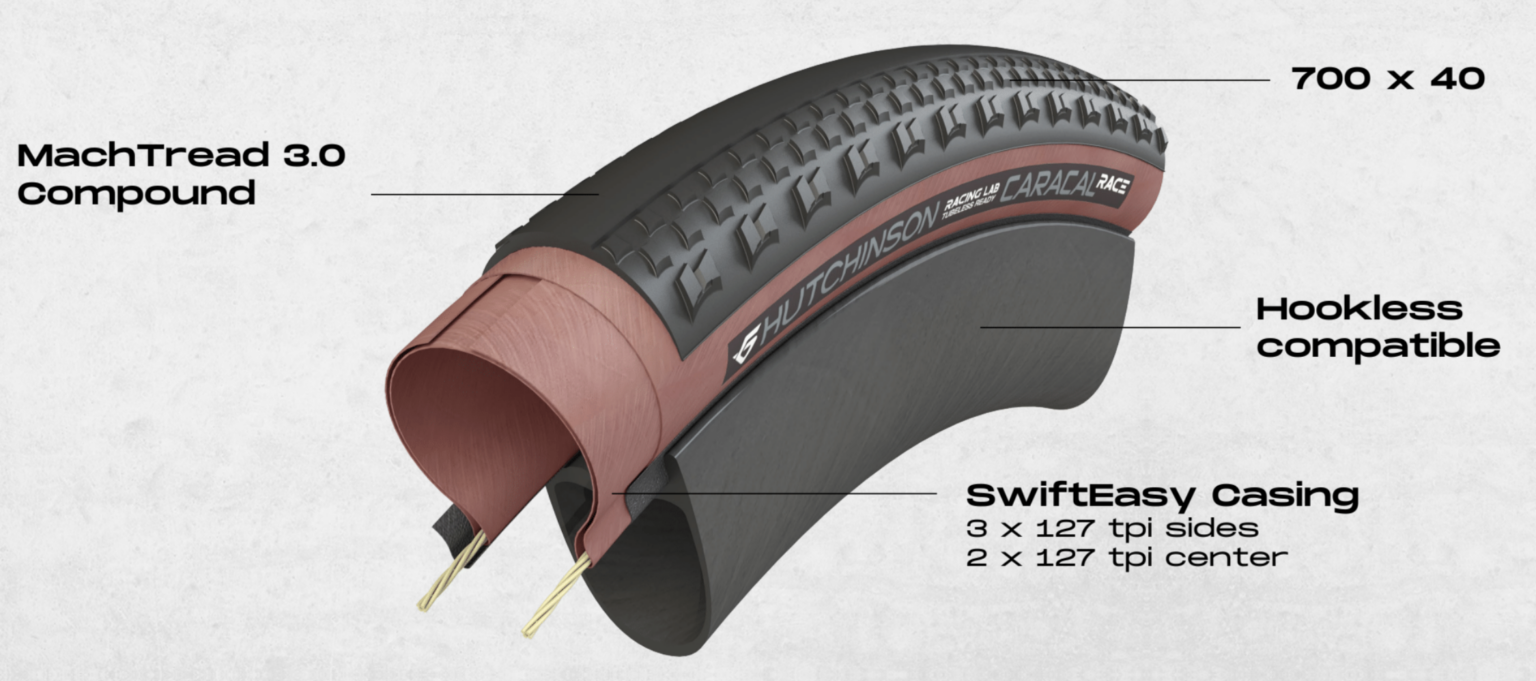
When creating the Carcal Race tire, the team at Hutchinson wanted to create the fastest gravel tire on the market—years of research, prototyping, and looping in athlete feedback followed. The result is a gravel race tire that outperforms similar race tires from competitors by up to 35% in independent tests commissioned by Hutchinson.
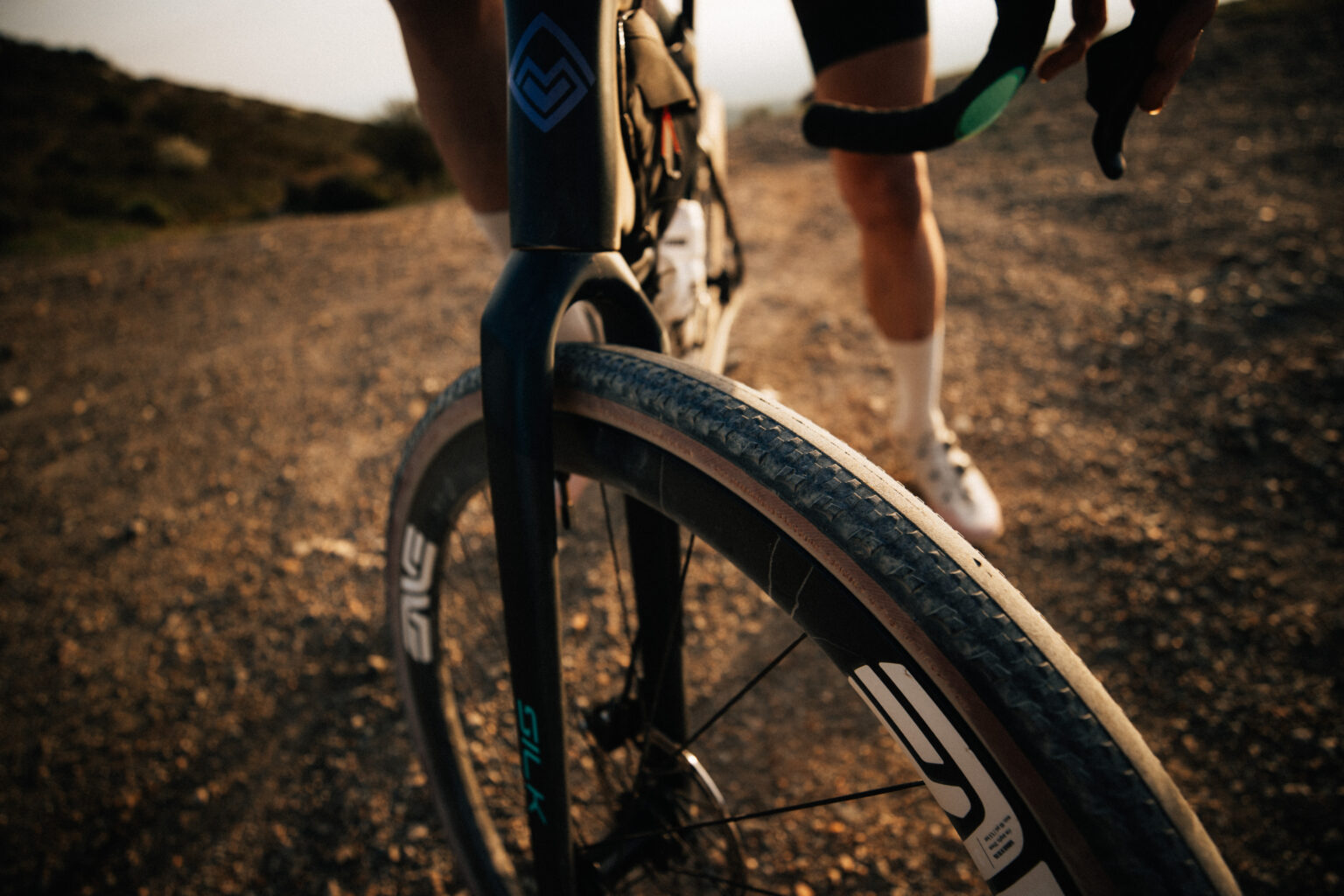
How? It helps that Hutchison also had two high-level (and Olympic hopeful) tires in Racing Lab development at the same time: the Blackbird and the Python 3.
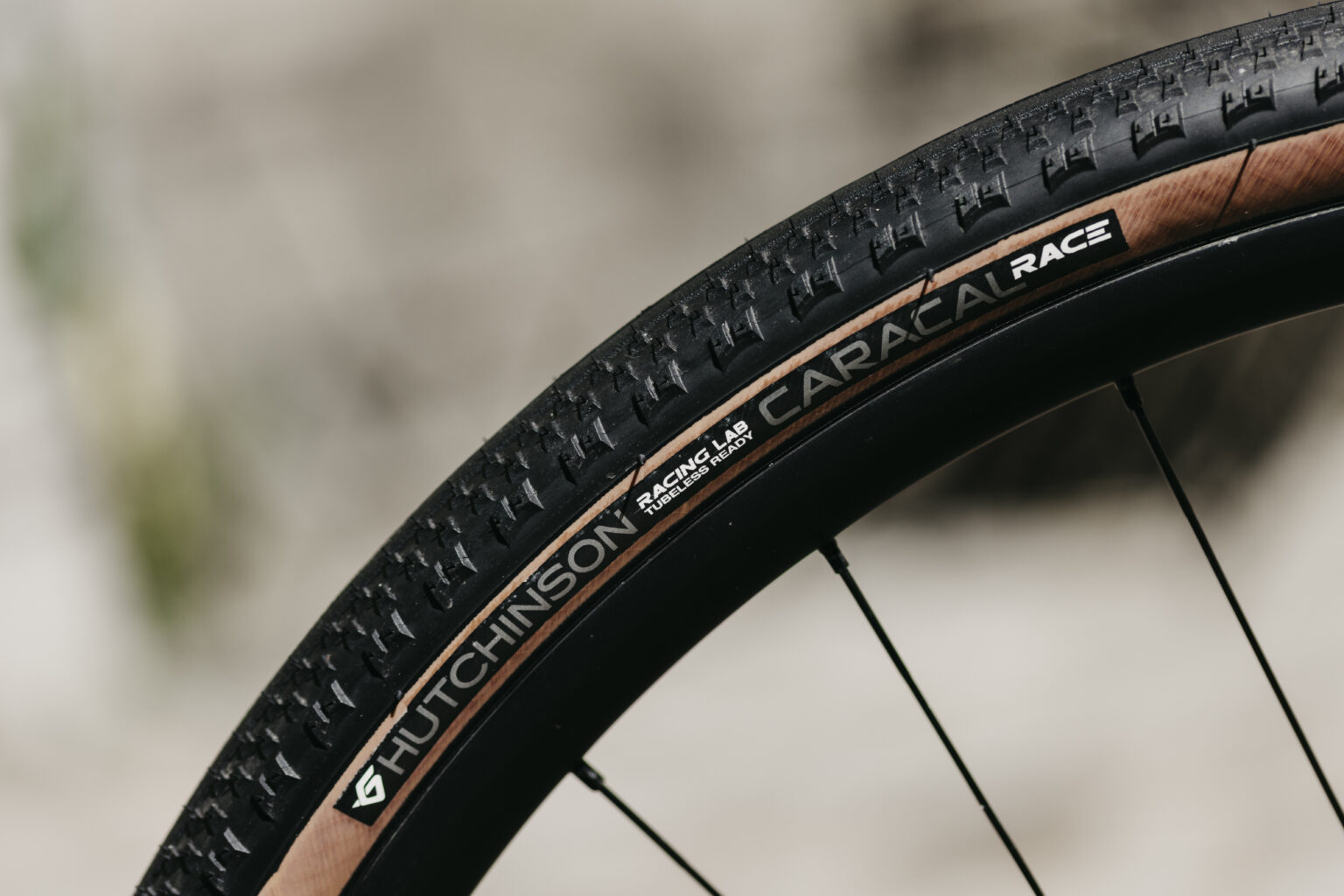
The Caracal Race uses the new SwiftEasy casing technology you’ll see on the Blackbird. The cool thing about this casing is that unlike typical tire casings, which overlap at the center of the tread, the new casing is bonded to the tire’s outer layer (see photo above again).
This method means one less casing layer is required at the center, allowing for significantly increased flexibility and performance. Hutchinson claims rolling resistance is reduced by an unprecedented 40% over similar semi-slick gravel tires in the Hutchinson range.
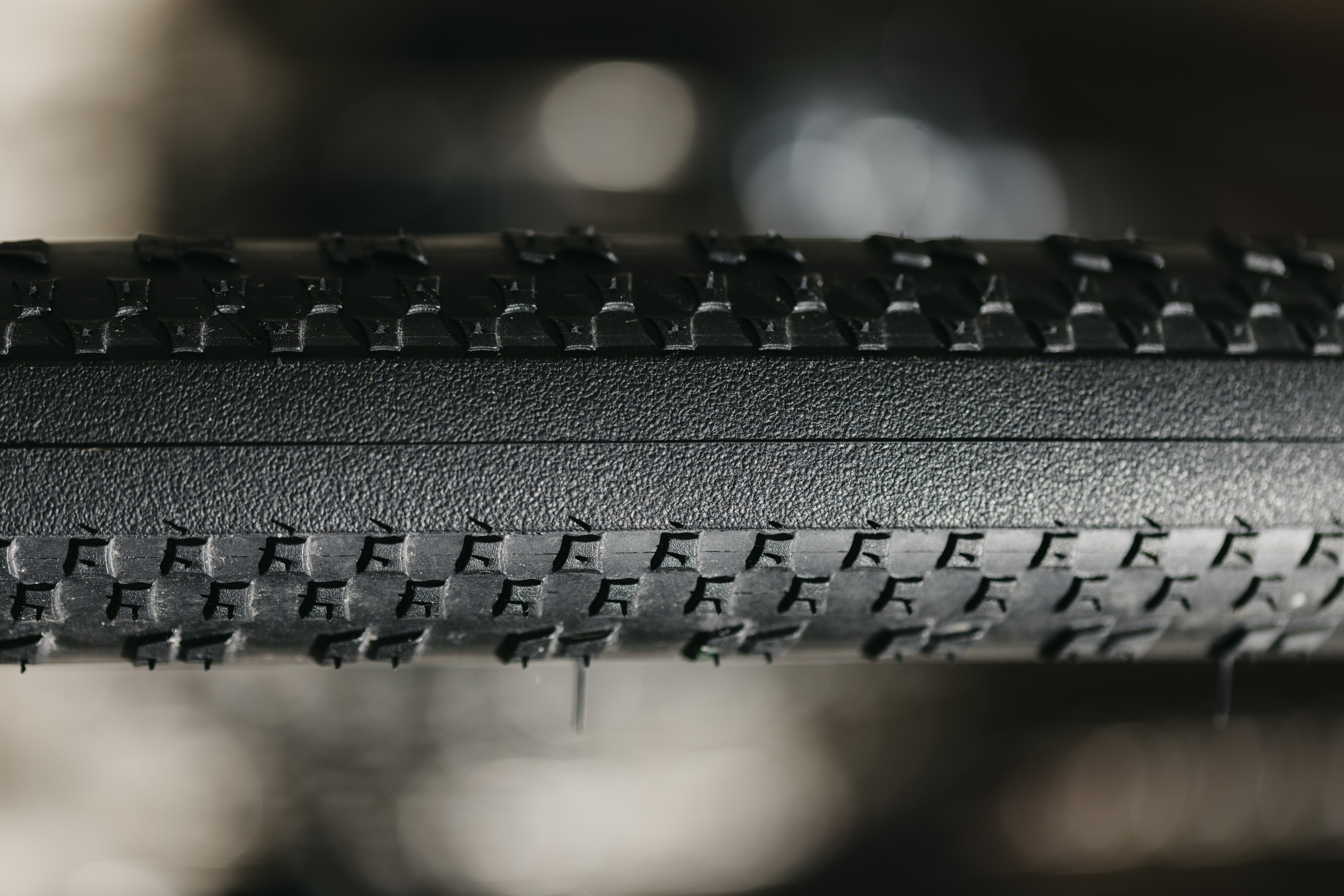
The Caracal Race also utilizes Hutchinson’s new high-performance Mach Tread 3.0 compound. This compound is another technology initially developed for its performance BlackBird road tires – covered here.
To recap, the Mach Tread 3.0 is the fastest compound Hutchinson has developed. Its new formulation offers an exceptional 25% rebound, meaning more energy is returned into forward motion. Not only is the compound faster than its predecessor, but it’s also 10% harder and more resistant to tearing. Hutchinson’s tests resulted in 75% better performance in tear tests, all without compromising grip.
Caracal Tread Pattern
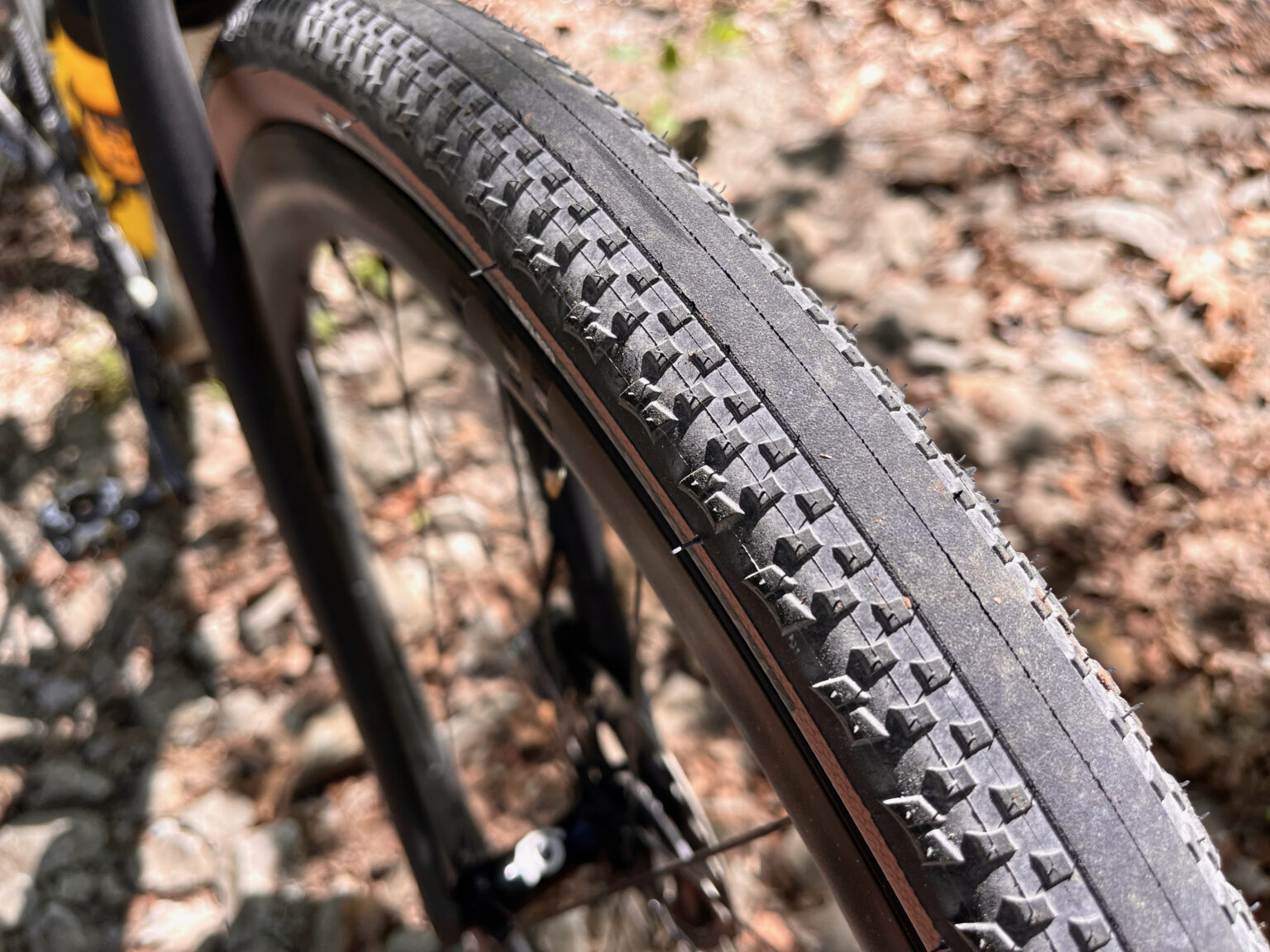
The Caracal tread (or lack thereof) is similar to other dry-condition gravel tires on the market. The center line tread pattern is smooth with a slightly pebbled surface for dry, fast race days. The side knobs are lower on the shoulder and are staggered and grow in size, descending onto the carcass of the tire—more on the tread and performance in my ride review.
- Size: 700x40mm size and only in Tan Wall color
- Weight: 475g *claimed
- Price: $65.00/€59.99
Hutchinson Caracal Gravel Tire
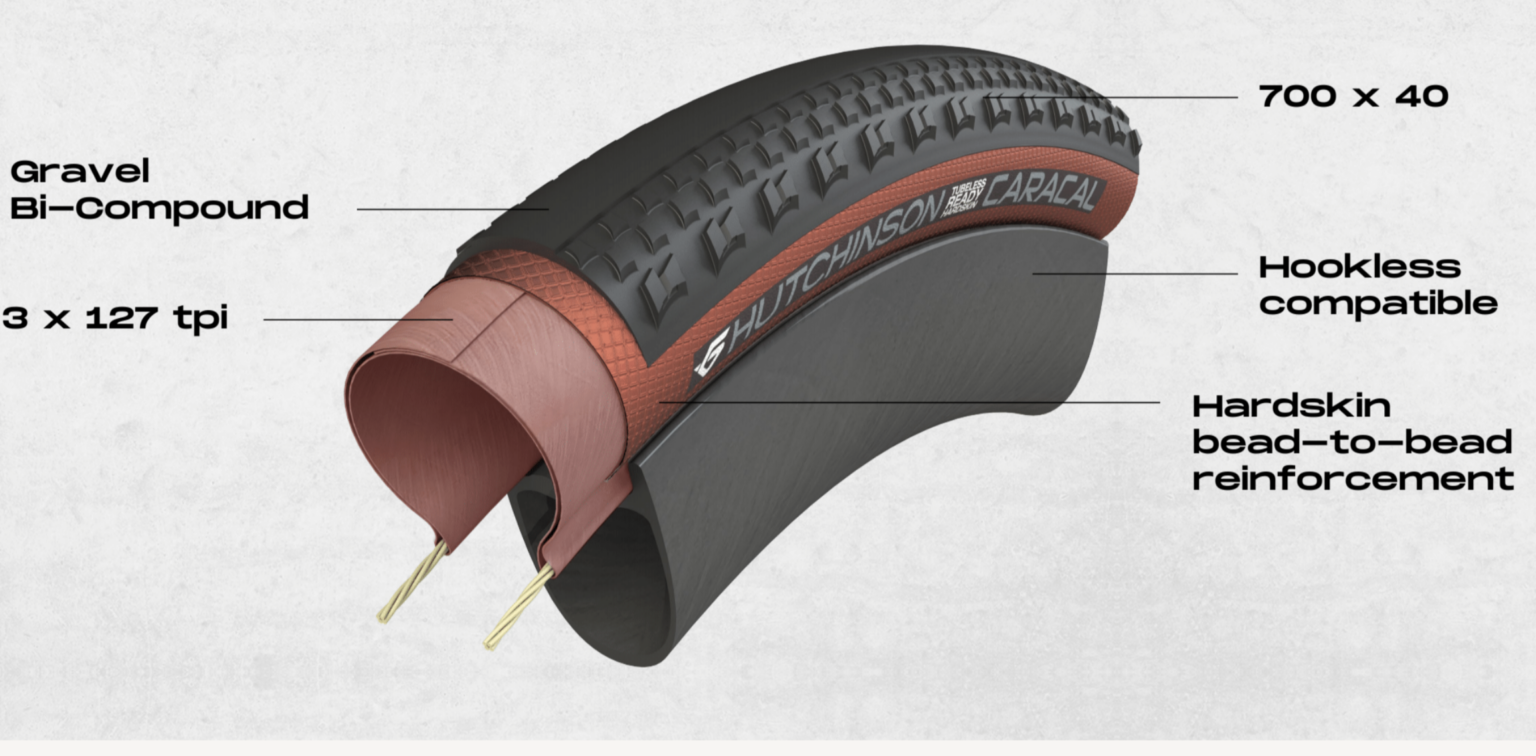
The Caracal has the same fast-rolling tread pattern as the Caracal Race but adds more long-range utility. The casing is a Hutchinson traditional design paired with its Hard-skin bead-to-bead puncture protection layer. This protection adds a little weight (not much) and might raise the rolling resistance (we haven’t seen test data for it).
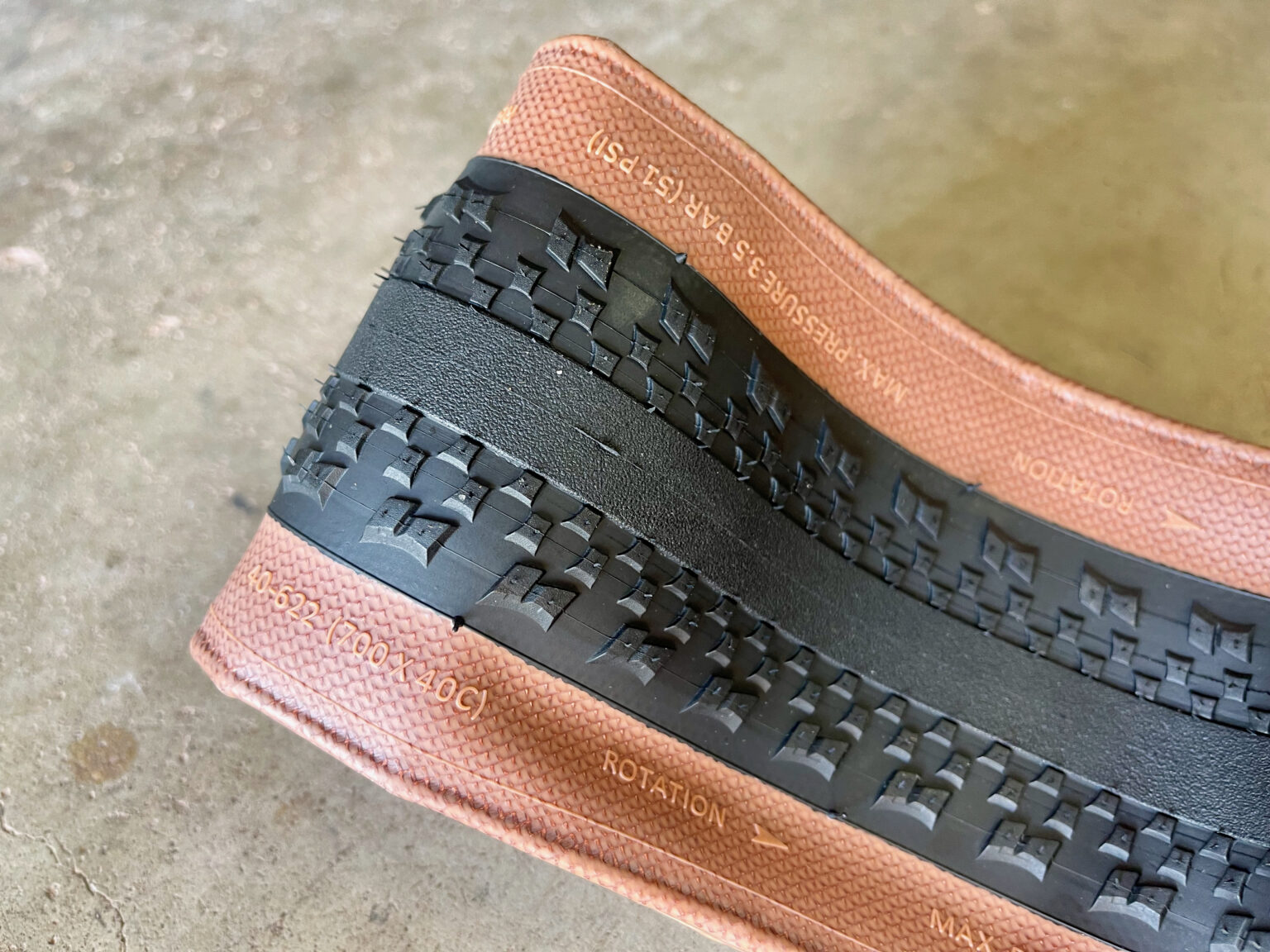
The rubber compound is Hutchinson’s steady bi-compound found on the other tires in Hutchinson’s gravel range.
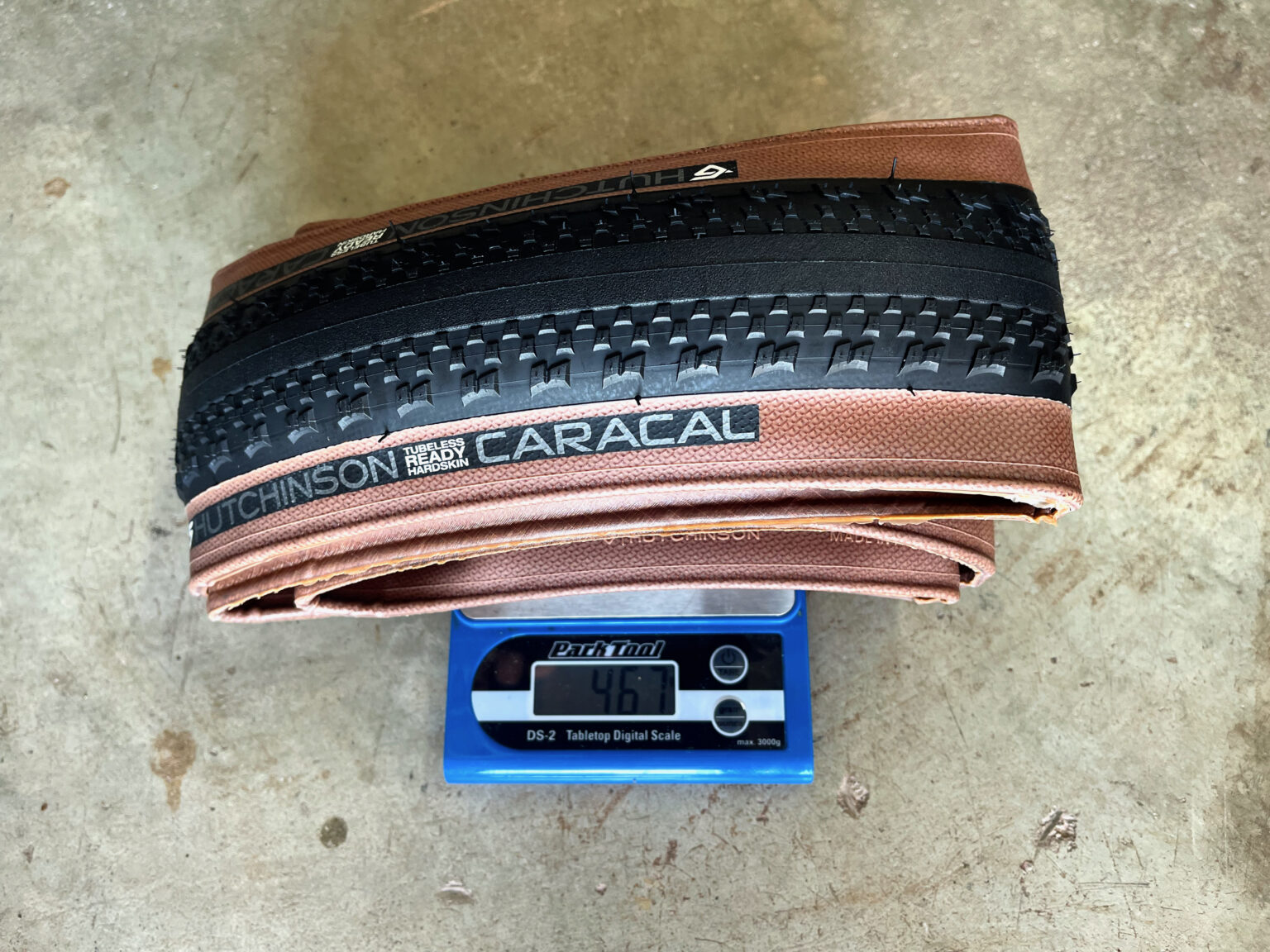
The result is a fast-rolling tire with puncture protection that lasts longer for endurance events and all-around riding.
- Size: 700x40mm size and only in Tan Wall color
- Weight: 467g*actual weight
- Price: $63.00/€54.99
Where do the Caracal Fit in the Hutchinson Gravel Range?
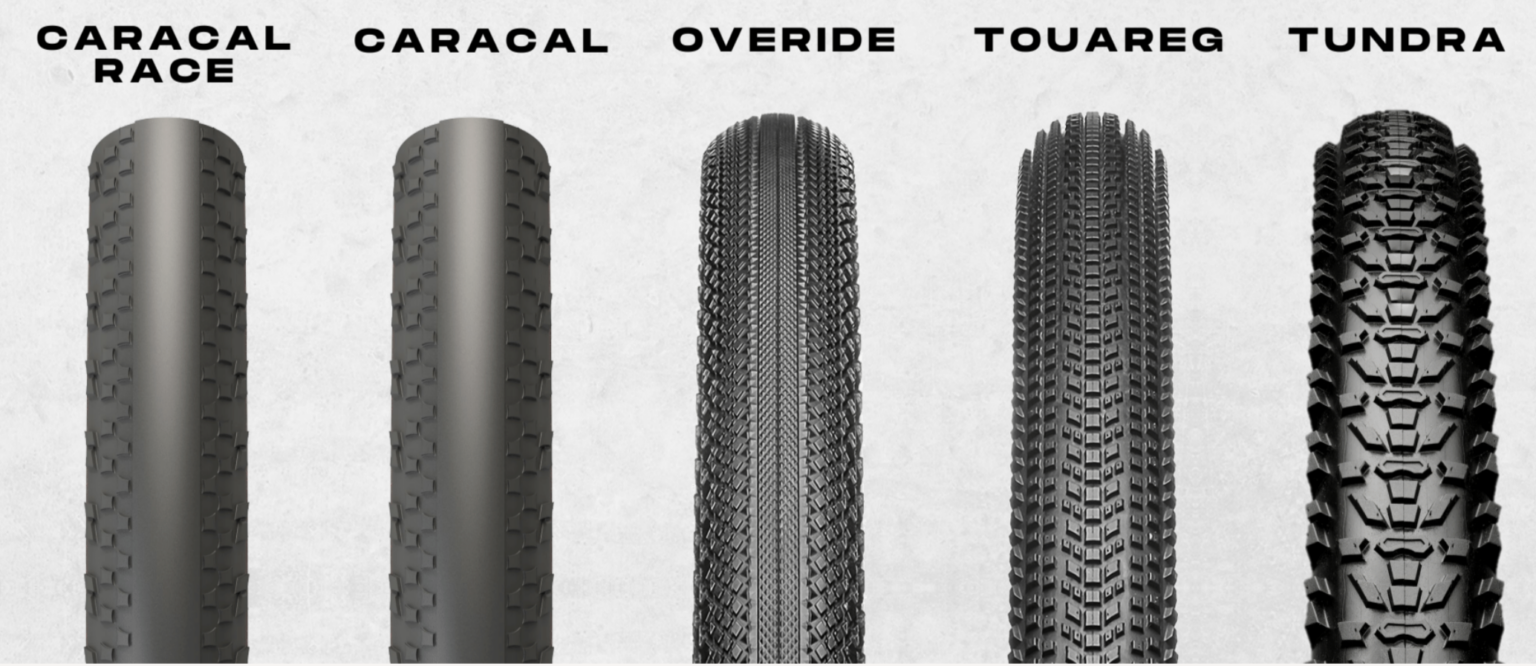
The French tire manufacturer offers five different gravel tires to match the full spectrum of conditions that riders encounter. These include the Override for dry fast tracks with sand or fine dirt, the classic Touareg for all-around riding and daily use, and the Tundra for hardcore technical days out or in wet conditions. But out of those listed above, the Caracal Race is the only option available in the Racing Lab notation and formulation.
Ride Review Hutchinson Caracal
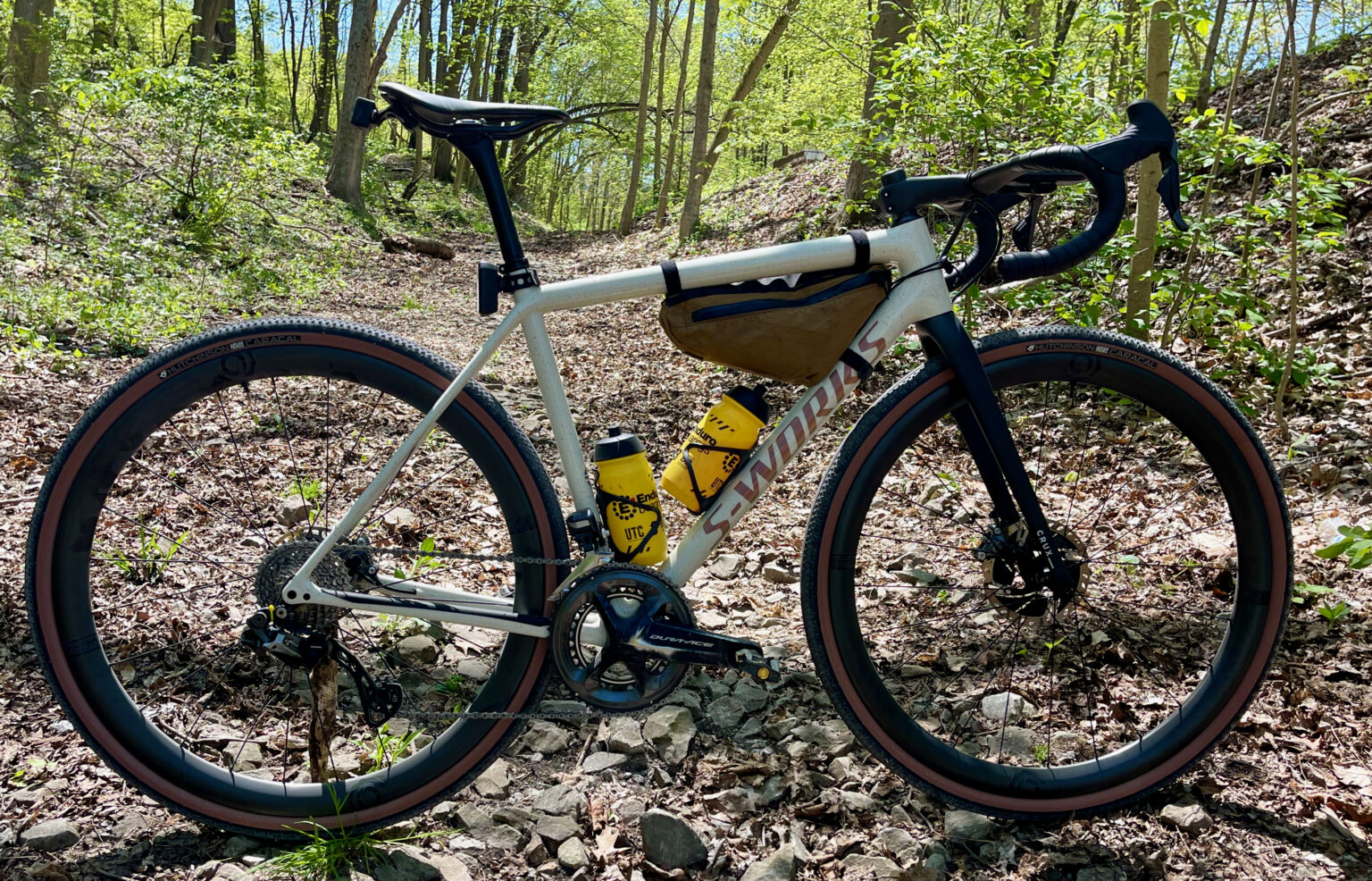
The Caracal arrived just before the launch date, right as Pittsburgh was experiencing early summer weather. We didn’t receive the Caracal Race version early enough to get ride impressions but stay tuned for a head-to-head competition.
However, the Caracal impressed me right out of the box. It didn’t “feel” like a second-tier tire model. It’s only the more practical of the two in reality. The tire has a supple feel, similar to the Blackbird and Python tires we reviewed earlier.
Setup

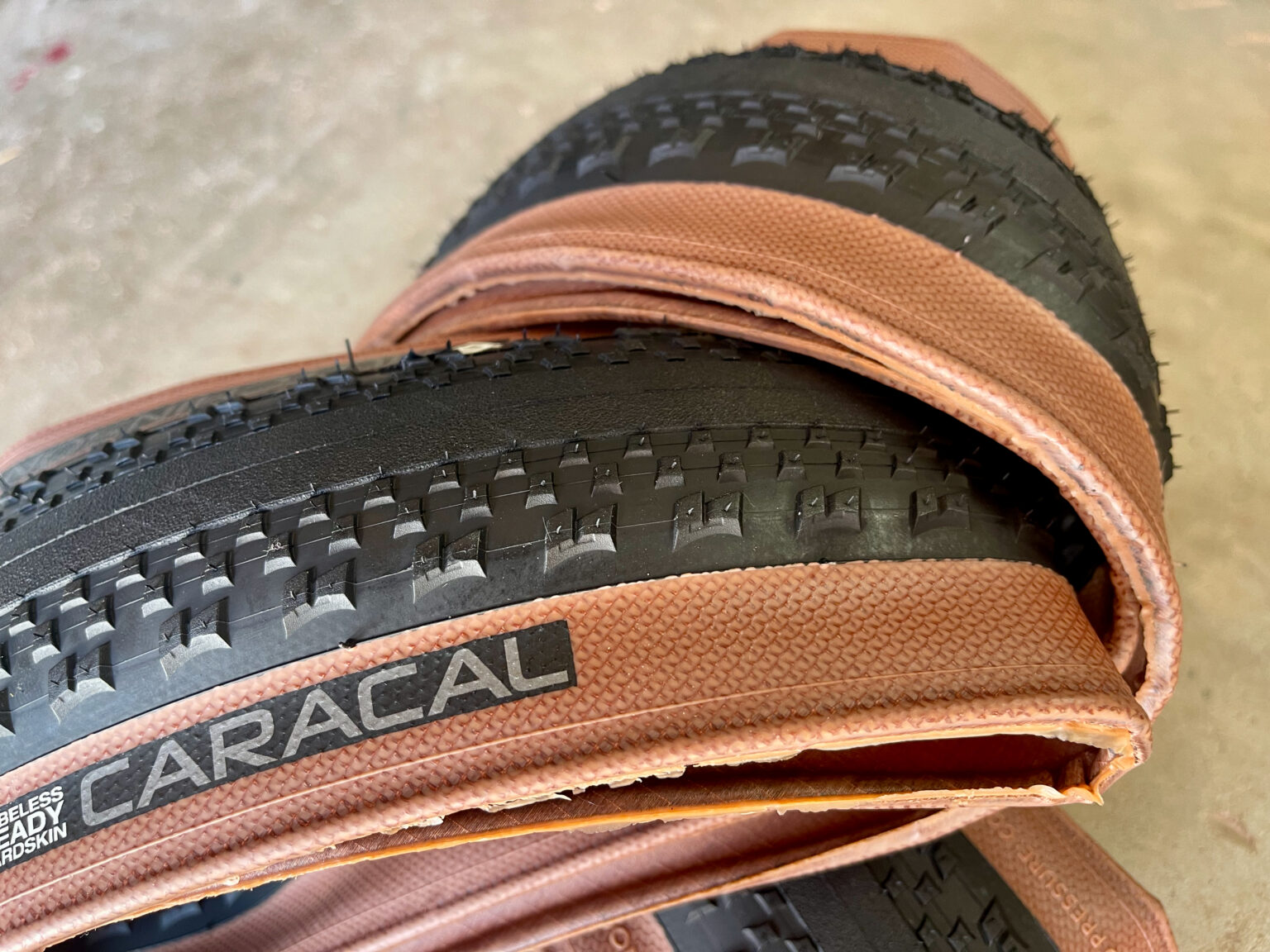
I mounted the Caracals to our Industry 9 SOLiX SL review wheel set with a 25mm internal and 35 external rim width. The tires installed and inflated easily with a floor pump and without the use of tire levers. The casing felt in the middle of robust and thin. This version of the Caracal uses the traditional casing, not the ‘Swift easy’ like the Race version. Still, it feels supple and race ready from the touch.


Inflated, the Caracals grow to a slightly larger than spaced 41mm, but keep in mind this number is rim width dependent. The shape of the Caracal on the I9 AR40 rims with a 25mm internal looked great. The profile was round and not a teardrop shape like some overly narrow rims can create.
Ride Impressions – Hutchinson Caracal Gravel Tires

For my rides, I went for all conditions and all roads. I started my rides at 38PSI front and 39PSI rear, and for the road, that was just fine. I felt like I was rolling quickly, and the tires were quite, eating up any road chatter or gravel bits. From the tires the Caracals replaced, I could feel a rise in efficacy and less rolling resistance. My former tires were nearly the same profile but apparently lacking in “free speed.”
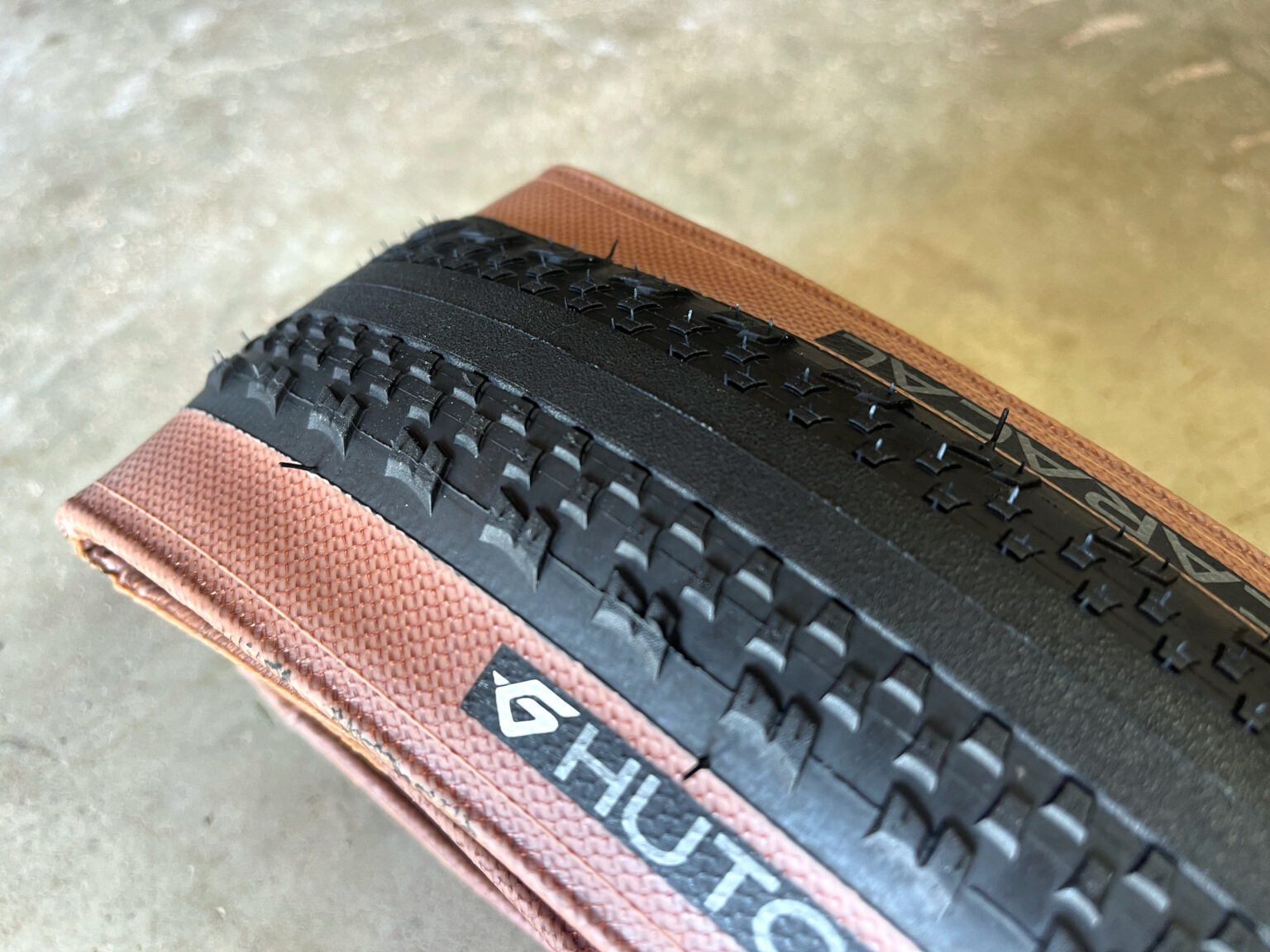
I took the Caracals on kitchen sink-style rides for nearly all my review outings. On the road, they ride very similar to an all-road tire, but the 40mm width takes some getting used to at speed if you’re sizing up. They feel like a dream on the gravel and unmaintained roads, absorbing all the little rocks and imperfections in the pavement. This is where the Caracal soars in. The confidence and excellent supple casing supplies, partnered with a puncture protective casing, give the rider an extra boost.
In the Forest and On the Trails

The Caracal holds its own on single track and technical tracks, but it’s still a dry-weather tire. The slight tread offers much more than expected, especially in dusty and damp conditions. I felt the lower the pressure (more like 35-PSI rear and 33-PSI front), the better the performance, but you sacrifice some solid corning feel on the pavement, as the tire gets slightly bouncy at those pressures depending on rider weight.

I found the Caracal grips the solid nicely with the sharp side knobs, especially when they can sink into the ground. This was slightly unexpected but pleasantly surprising.
The Caracal can survive rocks, roots, and the techy bits. If the rocks are dry, it’s a great companion. The volume is enough to bounce over and through the roots without much rim time. If you do bottom out, however, the casing is resilient enough to take more than a few hits.
How did the Caracal feel compared to others on the market from my initial rides? They feel like an excellent middle ground between Vittoria Gravel Tires and Challenge Tires—a mix of suppleness and dependability.
Final Thoughts
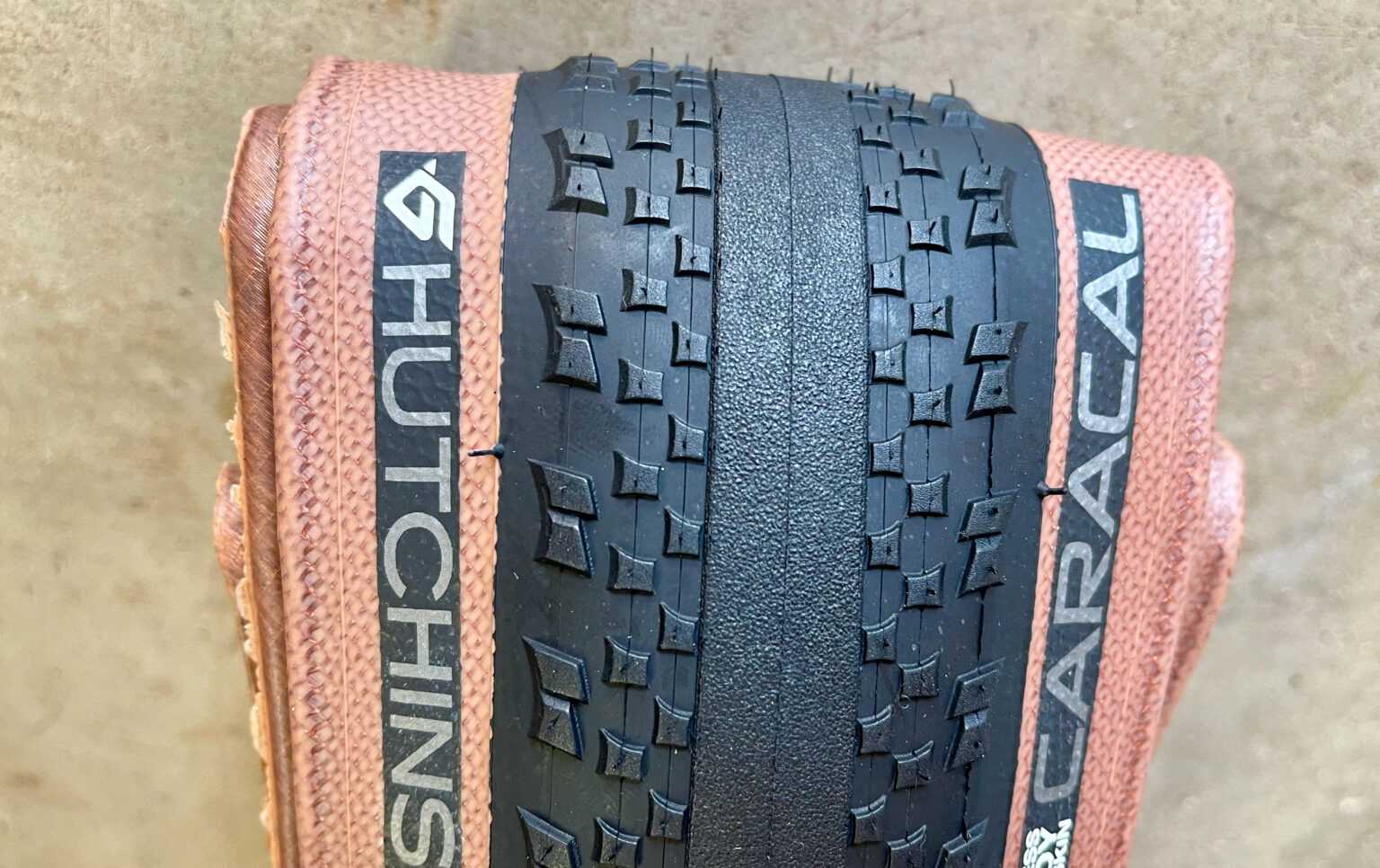
The Caracal is worth a long look if you’re looking for a fast-rolling and dependable gravel race and training tire. The tread pattern is similar to the “fast tires” on the market, with a slightly better, lively feel and what looks to be lower rolling resistance. Remember, this is Caracal, not the Caracal Race, so it only gets faster from here. Look back for a head-to-head shootout between these two tan-wall Titans. In the meantime, I’m predicting the Hutchinson Caracal will be at the top of gravel racers’ “must-try tire” list if they can get a set.
